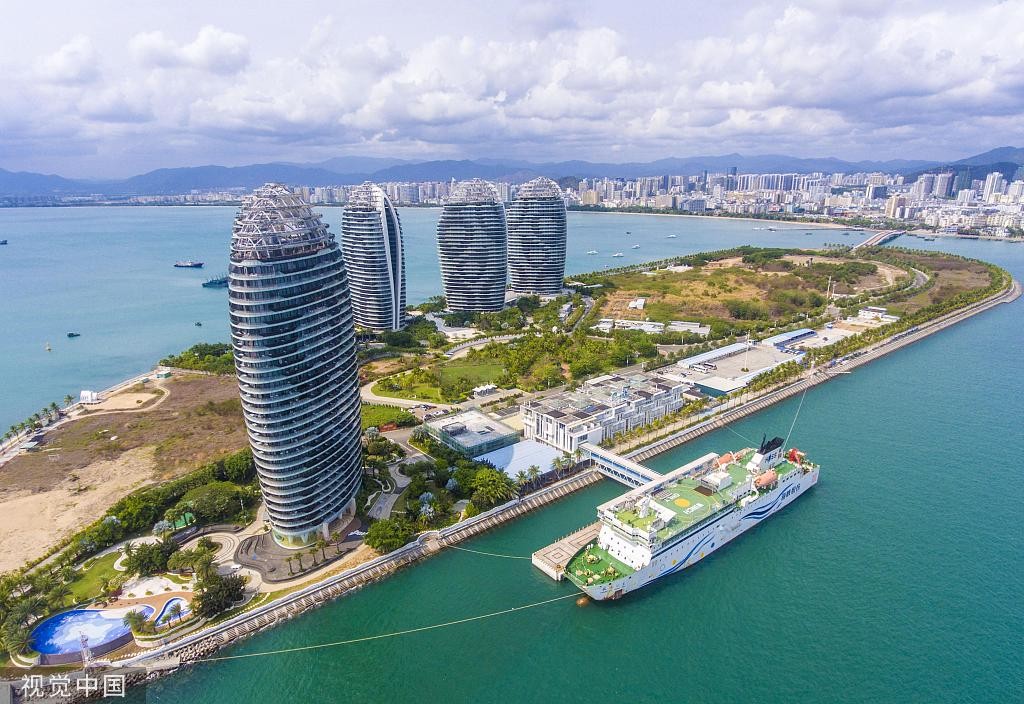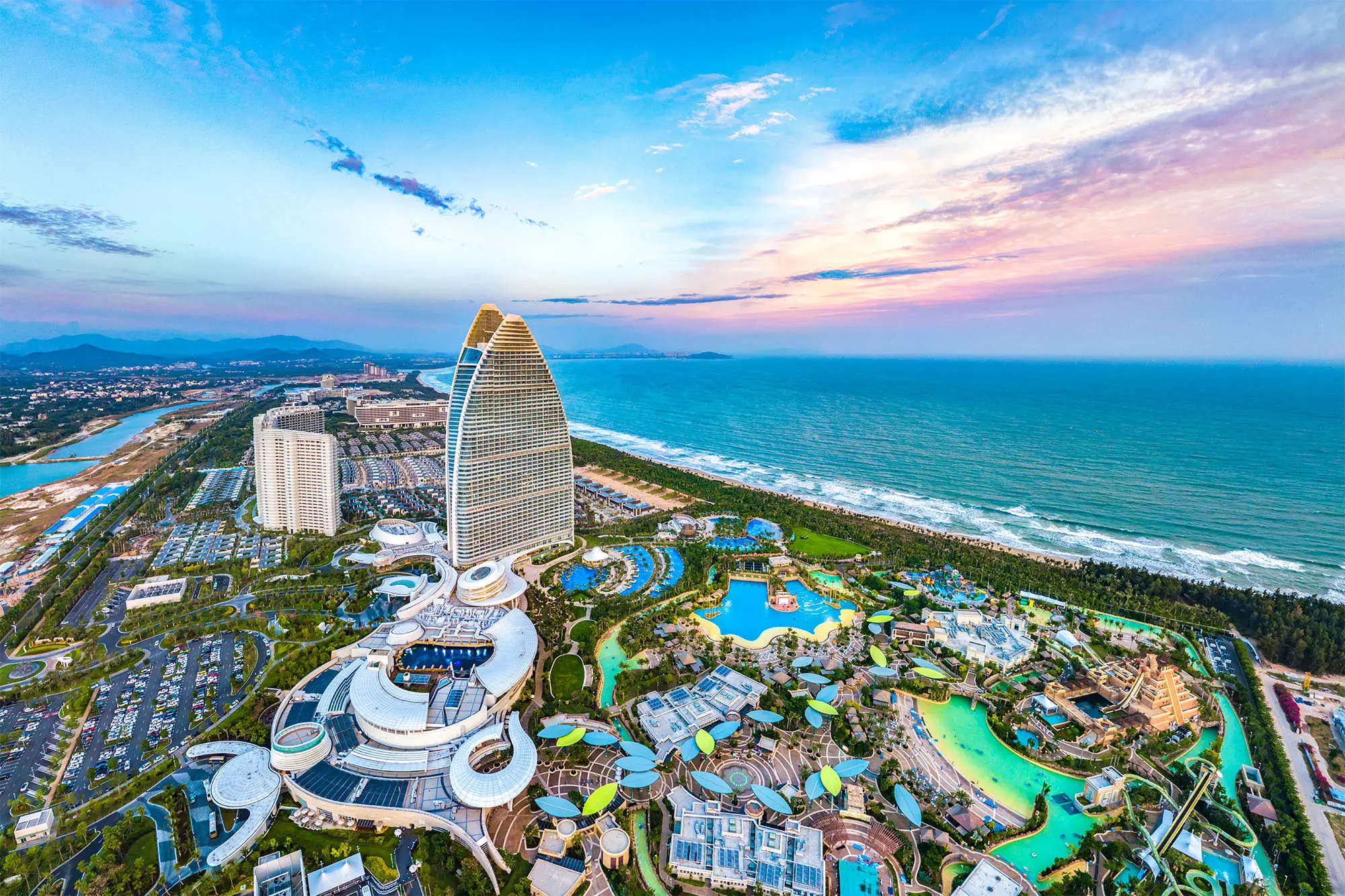By Marco Passoni
For three years now, Hainan has been the absolute epicentre of travel retail – or at least discussion about travel retail. China’s golden goose drove sales during the pandemic, offering a light in the darkness of the shutdown, and since then many have debated and waited to see what Hainan will tell us about the future of Chinese travelling shoppers.
So far, not much, except that they are not leaving China in big numbers or spending great amounts in any hurry. Indeed, the news out of Hainan seems more and more to pose a different question: Should the travel retail sector double down on the island, or should we widen our gaze?
Strong performance in Hainan is, on the surface, good news for the industry, especially those of us who seem to have pinned their hopes for the future on the recovery of Chinese spend in the market. But, as myself and others have highlighted many times, putting too much focus and reliance on one place or one customer group is incredibly short-sighted. Sometimes it seems that many of us did not learn the lessons of the pandemic: Diversify, innovate, evolve.
Strong performance in Hainan is good news for the industry, but putting too much focus and reliance on one place is incredbily short sighted
The latest numbers out of Hainan make for good headlines, there is no doubt. Off-shore duty-free sales grew 25% last year to an impressive $6.13 billion. However, as Martin Moodie pointed out in his excellent report, the number of shoppers rose by 59.9%. This is good news for footfall, but bad news for spend. Shoppers are returning, but they are not spending as much.
The problem with Hainan’s place as the saviour of travel retail – a view I certainly do not share – is that many brands and businesses still cannot or will not truly commit to the market. It is still perceived in some quarters as something of a Wild West, with rules all of its own. The problem is compounded by the fact that brands cannot operate independently, which hampers luxury leaders in their desire to deliver the bespoke and excellent experience that shoppers have come to expect. On top of that, as the Moodie Davitt Report cites, there is the ongoing issue with illegal activities, which the Chinese government is working hard to crack down on.

All of which means that now is a good time to consider the wider world and the options which lay out there – and they are bountiful.
As I highlighted in my last blog, India and Vietnam stand out as two examples of untapped potential, which much of the market seems to be ignoring while staring hopefully at China. Statista predicts that the Indian market will see $7.8 billion in spend on luxury in 2024, with that set to grow a further 1.3% every year until 2028. Vietnam, meanwhile, should hit almost a billion dollars in luxury spend ($957.2 million) this year, with growth of 3.2% expected for the next four years.
Some may point out that Macau, another Chinese hotspot, had the fastest growing economy in 2023, but I would argue that India being the fastest-growing major economy, with growth of 7.3% is much more valuable to a market looking to create new customers. There is doubtless great spending power in the country, with Bain & Co predicting that India’s luxury market could more than triple by 2030, driven by young consumers and a growing upper and middle class. Indeed, the country is set to see its number of millionaires grow by 69% between 2022 and 2027, according to Credit Suisse and UBS, which is faster than the 45% predicted globally. Whichever way you look at it, this is an opportunity.
But Hainan carries one more warning for us all – we must move away from expecting one location or one group to secure the future of our industry. We say we have, but the evidence suggests that travel retail often talks about change while delivering stagnation.
We say we have moved away from focusing too much on one area, but the evidence suggests that travel retail often talks about change while delivering stagnation
All new markets require proper innovation and new ways of thinking. They require a bespoke solution, from every part of the travel retail trinity. This is because each market brings its own challenges. India already has a flourishing culture of local brands who will expand and develop as the economy and opportunity do. Both India and Vietnam, and all other markets, are home to shoppers with their own customers and demands, all of which must be met.
The strong performance of Hainan in 2023 show us there is interest and growth in the travel retail market worldwide, but they also serve as a reminder that this industry truly is global, and every part of the world requires a solution tailored to it. One size does not fit all – in fact, it never did.



